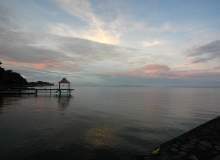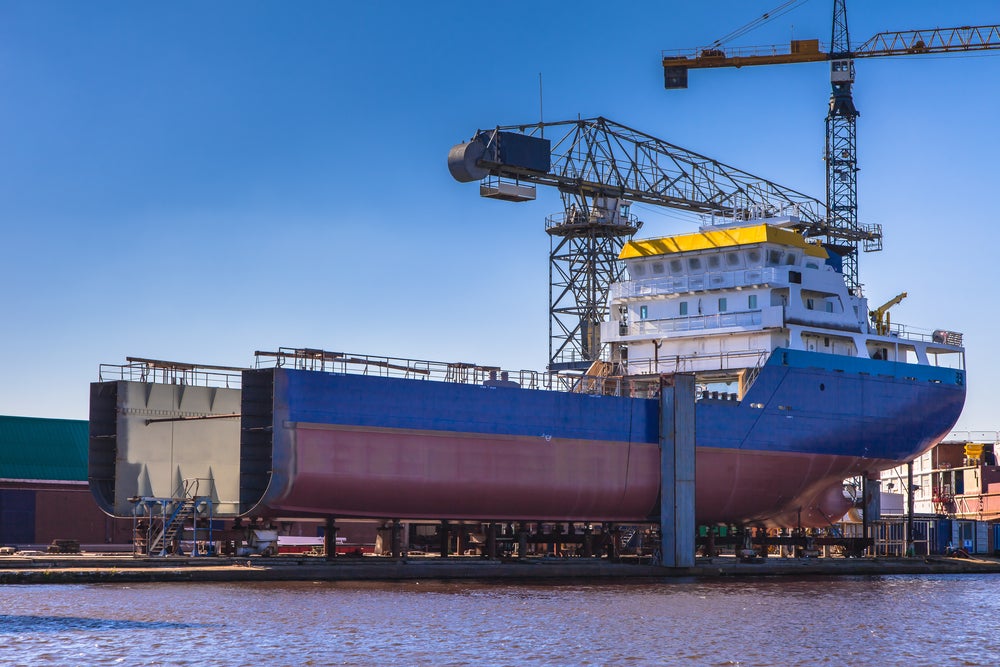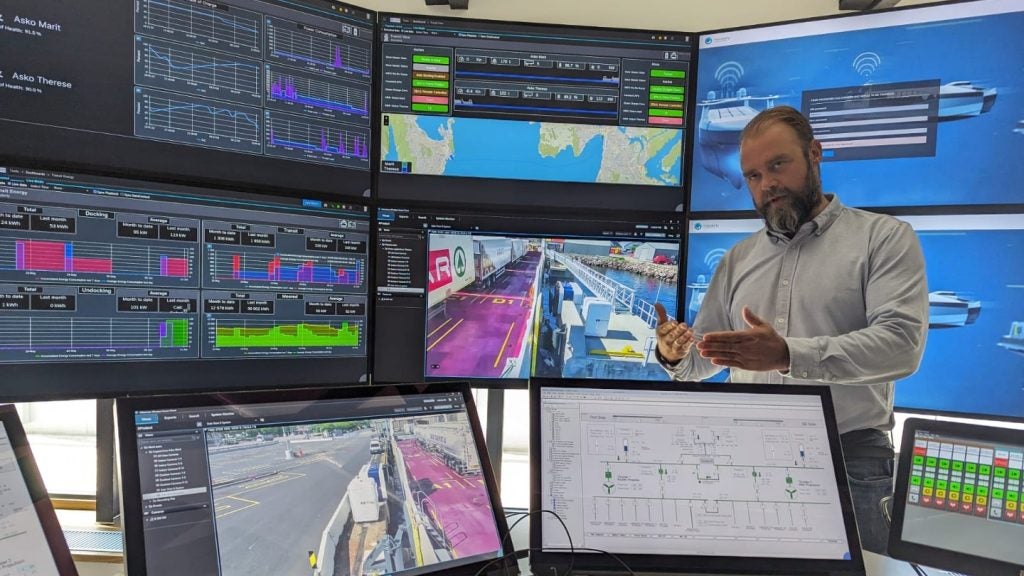

The dream of the Nicaragua Canal has drifted through the centuries without ever truly taking shape. Interest in building a waterway linking Nicaragua’s Caribbean and Pacific coasts dates back to the 16th century, when the country was part of a vast Spanish colonial territory called the Viceroyalty of New Spain. Three hundred years later the first president of the French Second Republic and the emperor of its Second Empire, Napoleon III, expressed his view on a canal in Nicaragua, writing a detailed proposal for its construction while in jail after a failed coup attempt in 1840.
Britons, Belgians and Germans tried their hands at making a Nicaragua Canal scheme workable over the course of the 1800s, but in the end it was the United States, the nascent superpower to the north, that held the power to actually make it happen at the dawn of the 20th century. As it turned out, an unfavourable but close-run vote in the US Senate scuppered the Nicaragua proposal at the last minute, with the US choosing Panama – where the French had previously started construction of a canal before abandoning the idea – as the site of one of the largest and most complex engineering projects of its age.
For more than a century since its opening in 1914, the Panama Canal, first under US ownership but owned and operated by Panama since 1999, has maintained its position as the only shortcut between the Atlantic and Pacific oceans and the predominant artery for interoceanic trade in the region.
In recent years, however, the Nicaragua Canal scheme has been dramatically resurrected by a billionaire businessman from another emerging superpower – China. The project has the potential to break the Panama Canal’s monopoly on marine shipping and provide immense economic benefits to the citizens of the poorest country in Central America. But the project’s potential is matched only by the controversy in which it’s mired, and the many unanswered questions surrounding its environmental, economic and diplomatic ramifications could turn the dream of the Nicaragua Canal to a nightmare.
How well do you really know your competitors?
Access the most comprehensive Company Profiles on the market, powered by GlobalData. Save hours of research. Gain competitive edge.

Thank you!
Your download email will arrive shortly
Not ready to buy yet? Download a free sample
We are confident about the unique quality of our Company Profiles. However, we want you to make the most beneficial decision for your business, so we offer a free sample that you can download by submitting the below form
By GlobalDataThe $50bn Nicaragua Canal project
The man responsible for the new Nicaragua Canal project is Wang Jing, a Chinese telecoms tycoon whose Hong Kong-based company HKND Group won a contract from the Nicaraguan government in summer 2013 to build the $50bn canal project and operate it for a period of up to 100 years.
Ship-technology.com profiles the world’s top 10 biggest shipping companies based on TEU.
The proposed route for the project, on which construction of access roads and preliminary infrastructure began in December 2014, will weave from the Punta Gorda River on Nicaragua’s Caribbean coast to the Port of Brito on the country’s western shore, traversing a 105km stretch of Lake Nicaragua, the largest lake in Central America, in the process. All in all, the route stretches 278km, more than three times longer than its prospective rival in Panama.
The economic promises made by HKND Group are impressive. Alongside the canal, associated infrastructure to be built includes two ports, a free trade zone around Brito, an international airport and even holiday resorts. The project reportedly promises to create 50,000 jobs during its construction, and 200,000 permanent positions after operations begin in 2019. For the people of Nicaragua, whose entire $11bn national economy represents less than a quarter of the project’s cost, there is significant scope to bring widespread prosperity. Government representatives peg the potential benefits at a doubling of the economy, a tripling of employment and 400,000 people raised above the poverty line by 2018.
And that’s not to mention the potential effect on maritime trade in the region. If the project is completed, the Nicaragua Canal would be Panama’s first ever interocean shipping competitor, and would offer more modern facilities and the ability to transport even larger container vessels of up to 20,000teu. “The Panama and Suez canals were designed and built over a century ago,” reads a statement by HKND Group. “Globally there are ever-increasing ship sizes and maritime trade volumes. Even when taking into account the present Panama Canal expansion, there are opportunities for a canal on a much grander scale.”
Can the project be finished?
The project and its benefits are exciting on paper. But the laundry list of criticisms the Nicaragua Canal project has attracted – both within the country and internationally – has cast a shadow of uncertainty over the whole endeavour. For a start, doubts have been raised over the almost total lack of transparency in the government’s bidding process for the project. HKND appeared to be the only company bidding for the contract, and little to no information has been released about tenders, environmental studies and other key project details.
“The embassy is worried by the lack of information and transparency that has existed, and continues to exist, over many of the important aspects of this project,” the US embassy in Managua said in a statement at the start of the year, amid wider speculation that, given Wang Jing’s inexperience with massive infrastructure projects, the scheme is tacitly being backed by the Chinese government as a means of securing a geopolitical and trade foothold in the region.
To be fair, all evidence of an official Chinese connection to this private project is circumstantial, and Beijing has officially denied any involvement. HKND has hired the state-owned China Railway Construction Corporation to carry out feasibility studies, but the list of sub-contractors is generally an international one, including the UK-headquartered Environmental Resources Management, which will conduct environmental and social impact assessments, and Australian firm MEC Mining, which will lend its engineering expertise.
But if the Chinese government is not providing any official backing, it remains unclear where the financing to actually finish the project is coming from. Nicaragua’s recent presentation of the canal scheme to the European Union for funding does not seem to bode well regarding the level of private investment being attracted in the market.
And it’s not just the market that is making its opposition known. The opaque bidding process and generous terms provided by the government to HKND – including power to appropriate land for the canal from local people and indigenous groups, as well as the long concession period of up to a century and an initial obligation to share only $10m a year with the government after completion – prompted accusations by opposition groups of violating territorial sovereignty and street protests by thousands of Nicaraguans when construction began in December.
Environmentally, local and international scientists say there are huge risks. For a start, dredging Lake Nicaragua, which has an average depth of 15 metres, to the 27m depth required for the canal could cause problems. “The initial digging would create a huge sediment issue that would be bad for water quality in the lake and the wetlands around it,” Axel Meyer, a German biologist with 30 years’ experience in Nicaragua, told Wired in February 2014.
Other potential damages include the threat to biodiverse jungle habitats, the introduction of invasive species between the Pacific Ocean and Caribbean Sea, and the potential to cause droughts in the process of maintaining high water levels for the canal’s locks.
Troubled waters: the canal’s commercial prospects
Fast approaching the 150th anniversary of its opening, the Suez Canal has witnessed many key events in Egyptian history.
Given the long-term economic uplift promised to Nicaragua’s people, there’s an argument that the ends will justify the means in this case. Perhaps, if HKND and the Nicaraguan government lift the lid on the project’s finer details in the coming years, a sound funding plan and responsible environmental and social strategy will be revealed.
But even if the project can secure the funding, technical know-how and popular backing to be completed on budget and on schedule, the success of the canal is hardly a sure thing. Certainly, the port’s ability to accept the world’s largest container ships gives it a leg-up and the shipping sector will surely take advantage of the added capacity rather than waiting for a time slot to move through Panama.
“If [the Nicaragua Canal] actually gets built, and it is run in a reasonable manner, they are going to get business,” shipping consultant Richard Wainio told the Miami Herald in February 2015. “People will use it, and Panama will lose business.”
But will the economic conditions be right for the new canal to secure enough trade to justify its massive construction costs? The Panama Canal’s $5.25bn expansion, which is on track for completion in 2016, will add 15-20% to the canal’s capacity and allow post-Panamax vessels of up to 14,000teu to pass through.
“It’s going to take a while for this capacity to be absorbed, if it ever is,” Hofstra University transport economist Jean-Paul Rodrigue told Wired. “In the medium term, there will not be a need for another canal.”
As for Nicaragua’s a capacity to host larger cargo ships, most ports in the region don’t have the facilities yet to accommodate vessels of the super-post-Panamax size, and the Panama Canal Authority along with other expert observers are dubious about whether there will be demand for them. “Our preliminary assessment is that there is not [a market],” said Panama Canal Authority executive vice president Francisco Miguez. “You don’t see trends right away going to bigger than 14,000-container vessels. There’s no trend moving in that direction.”
The Panama Canal has had the benefit of more than a century of operation to refine its operations and work out how best to expand. Its current expansion initiative is about as safe an investment as is possible for a project of its size, given the demand from its customers. Nicaragua has none of these advantages, and the government is taking a huge gamble entrusting its own canal project to an unknown quantity like HKND Group, which has promised the world but has been reluctant to provide the details on how it intends to deliver. Supporters of the mega-project argue that the gamble is worth taking for the chance to transform the impoverished nation’s economic future at a stroke. All that is left to do is hope that the gamble pays off, or at the very least, falls apart quickly enough to limit the damage.






